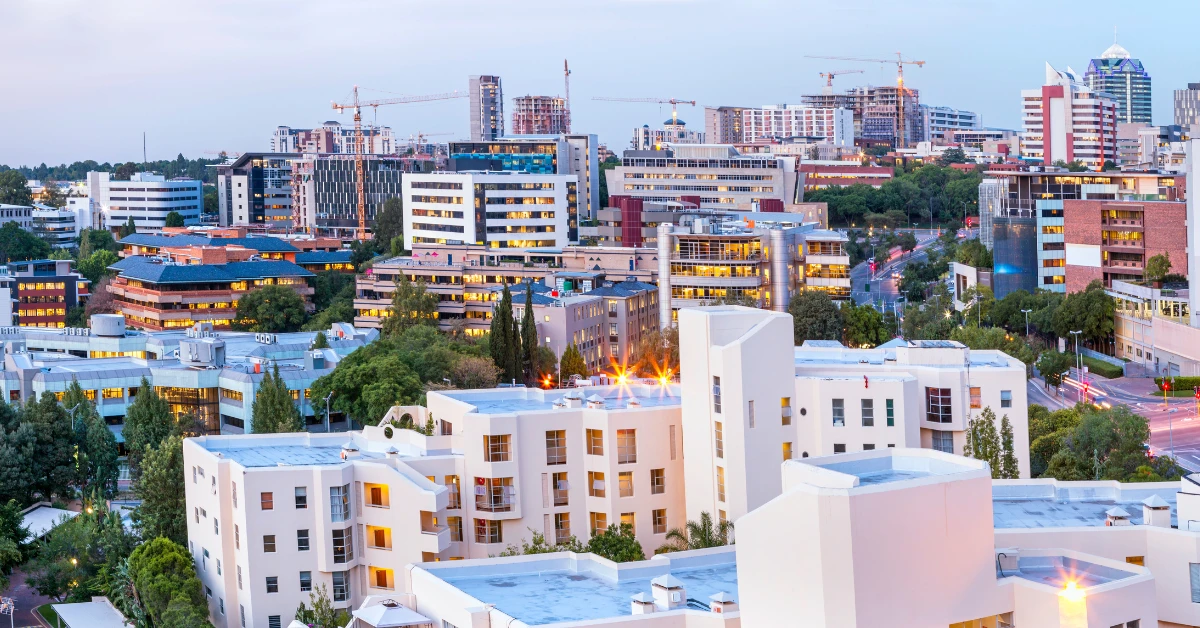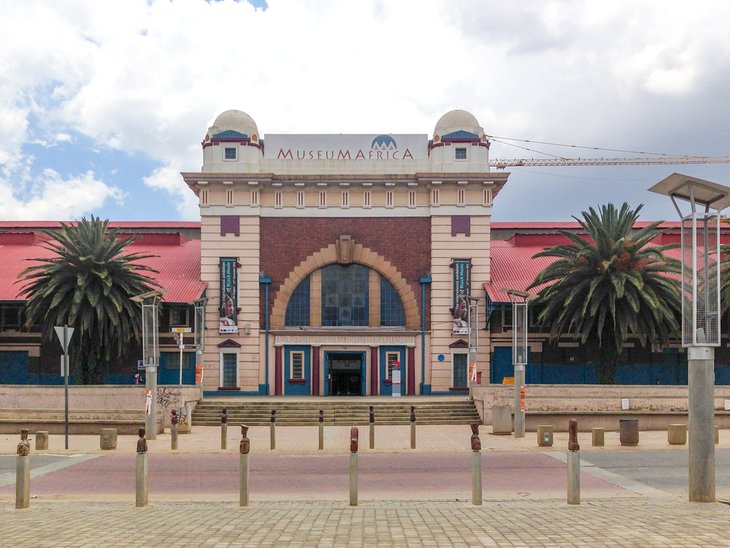4 Easy Facts About Johannesburg North Attractions Shown
4 Easy Facts About Johannesburg North Attractions Shown
Blog Article
All about Johannesburg North Attractions
Table of ContentsSome Ideas on Johannesburg North Attractions You Need To KnowThe Basic Principles Of Johannesburg North Attractions Some Known Facts About Johannesburg North Attractions.Some Known Details About Johannesburg North Attractions Indicators on Johannesburg North Attractions You Should KnowExamine This Report about Johannesburg North AttractionsOur Johannesburg North Attractions Statements
You need to maintain security in mind and visitors need to continue to be alert at all times when in unfamiliar environments. Talk to the locals when you remain in town to learn about the area you are remaining in. Johannesburg North attractions. When on the road (this does not use to mall and various other safe environments) ideal general recommendations is to attempt your ideal to resemble a local and to avoid presenting any kind of type of wealth
Top Guidelines Of Johannesburg North Attractions
Teacher Revil Mason O. J. (Thomson, 1946) checked out the Witwatersrand's pre-colonial history. His historical job blew up the 'em pty land' myth, according to which the area was empty of human habitation before the arrival of European settlers. In his magazines Prehistory of the Transvaal: A Record of Human Activity (1962) and Origins of Black Individuals of Johannesburg and the Southern Western Central Transvaal AD 3501880 (1986 ), Teacher Mason demonstrated the degree of social and financial development in the location before Europeans set foot below.

Getting My Johannesburg North Attractions To Work
In 1878, David Wardrop discovered gold in quartz capillaries at Zwartkop, north of Krugersdorp. In 1881, Stephanus Minnaar came across gold on the farm Kromdraai, near the Cradle of Mankind.
In March 1886, a protrusion (soon to be called the Main Reef) was found, rather fortuitously, on Gerhardus Oosthuizen's farm Langlaagte. Some state that the Lancastrian coal miner George Pedestrian found this coral reef. An additional travelling English prospector, George Harrison (that had actually previously functioned in Australian mines) gotten a prospecting permit in regard of Langlaagte in Might 1886.
He decided to go on in a pursuit for greener fields, and disposed of his Langlaagte insurance claim for the baronial sum of 10. Alas: below lay the wealthiest goldfield ever before discovered. The discovery of this abundant auriferous reef provoked a gold rush that next page indicated the end of agrarian tranquillity in the southern Transvaal.
It would, within 6 years, become the largest town in southern Africa. Within a decade, it would certainly make the Z. A. R. till after that an anarchical and bankrupt little state the most affluent nation in Africa. By the turn of the century, the Z. A. R. was to surpass Russia, Australia and the United States of America to come to be the globe's leading gold producer, creating more than a quarter of the world's gold.
Johannesburg North Attractions Can Be Fun For Everyone
It was recognized as Ferreira's Camp, called after Colonel Ignatius Ferreira. He was a Boer adventurer upon whom the British authorities had actually bestowed the condition of Companion of the Many Differentiated Order of St Michael and St George (entitling him to the post-nominal letters C. M. G.) in gratitude for his function in the war that had actually deposed the Pedi king Sekhukhune in 1879.
Two other camps were developed: Meyer's Camp on the farm Doornfontein, and Paarl Camp. The latter was nicknamed Afrikander Camp; several individuals from the Cape Colony cleared up there.

Some Ideas on Johannesburg North Attractions You Should Know
This name gained money by word of mouth, such that the State Secretary affirmed the name to the Mining Commissioner on 9 October 1886. Stands in the village were auctioned on 8 December 1886. While some stands were marketed for 10, others were knocked down for just sixpence.
2 years later, these erven were to alter hands for as high as 750 each. The tented camps diminished as a dorp of corrugated iron structures established and expanded north of the mines situated along the Main Coral Reef Road. Areas such as Jeppe's Community (where working-class immigrants erected additional resources their houses) and Doornfontein (where the affluent brand-new 'Randlords' began to create their extravagant residences) Read Full Report were quickly included to the ever-expanding map of the town.
The Ultimate Guide To Johannesburg North Attractions
Apart from the street names, there were no indicators of Johannesburg being positioned in a Dutch-speaking country. Several years later on, C. W. Kearns O. J. (one of the first young boys enlisted at St John's University in 1898) would recall: 'An odd fact regarding Johannesburg was that, although it remained in the [Boer Republic], virtually everyone spoke English and even the Government servants attended to one in English, unless they were initial addressed in the Taal (or Low Dutch)'.
As such, Britain had an interest in making sure ideal problems for gold manufacturing on the Witwatersrand, and that the gold was exported to London instead of Berlin a critical made even more clamant by the Z. A. R - Johannesburg North attractions.'s increasing toenadering with Germany. Mine proprietors got on a clash with President Kruger, whose plan of monopolistic giving ins (often given to his cronies) prevented mining business from obtaining supplies of products (specifically dynamite) and labour by themselves, less costly terms
Our Johannesburg North Attractions Statements
In 1890, the Volksraad had actually restricted the franchise to white guys who had resided in the Z. A. R. for fourteen years or longer, thus invalidating most of the immigrants (that occurred to be the significant contributors to the fiscus). However, frustration for the vote was a simple pretext for promoting a different program; many uitlanders regarded themselves as short-lived visitors and had no intention of staying in the Z.
Report this page